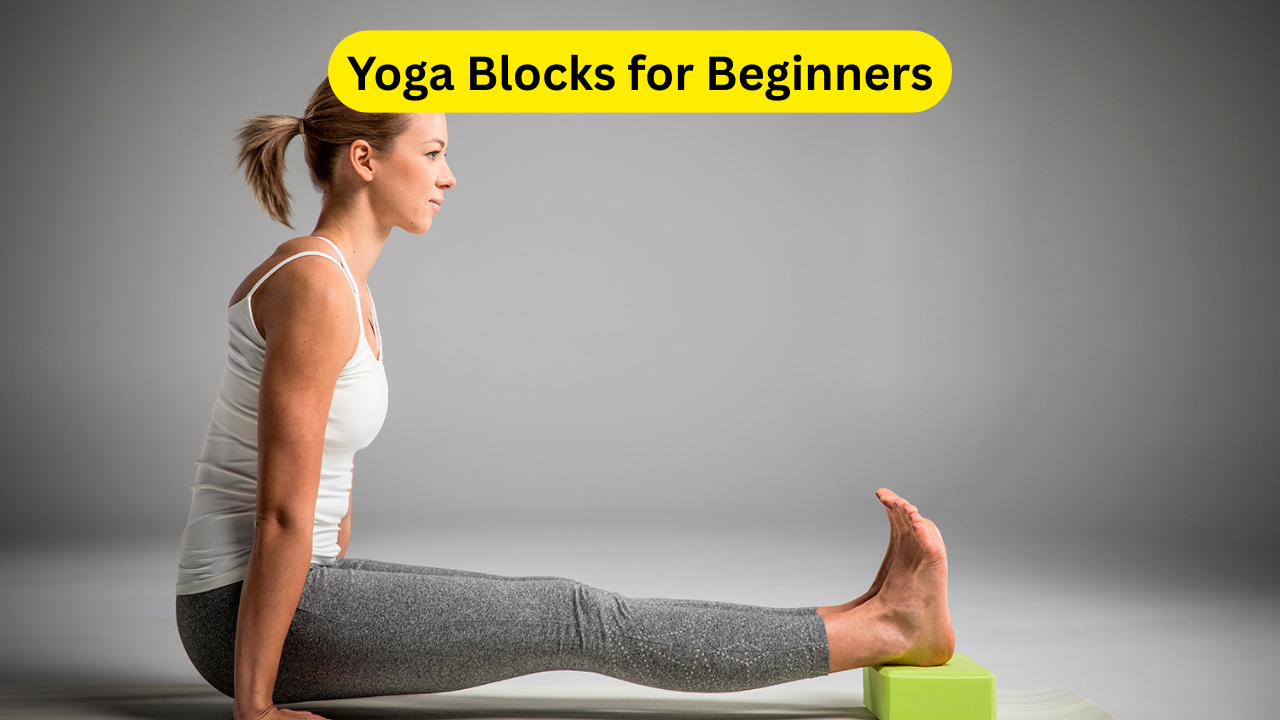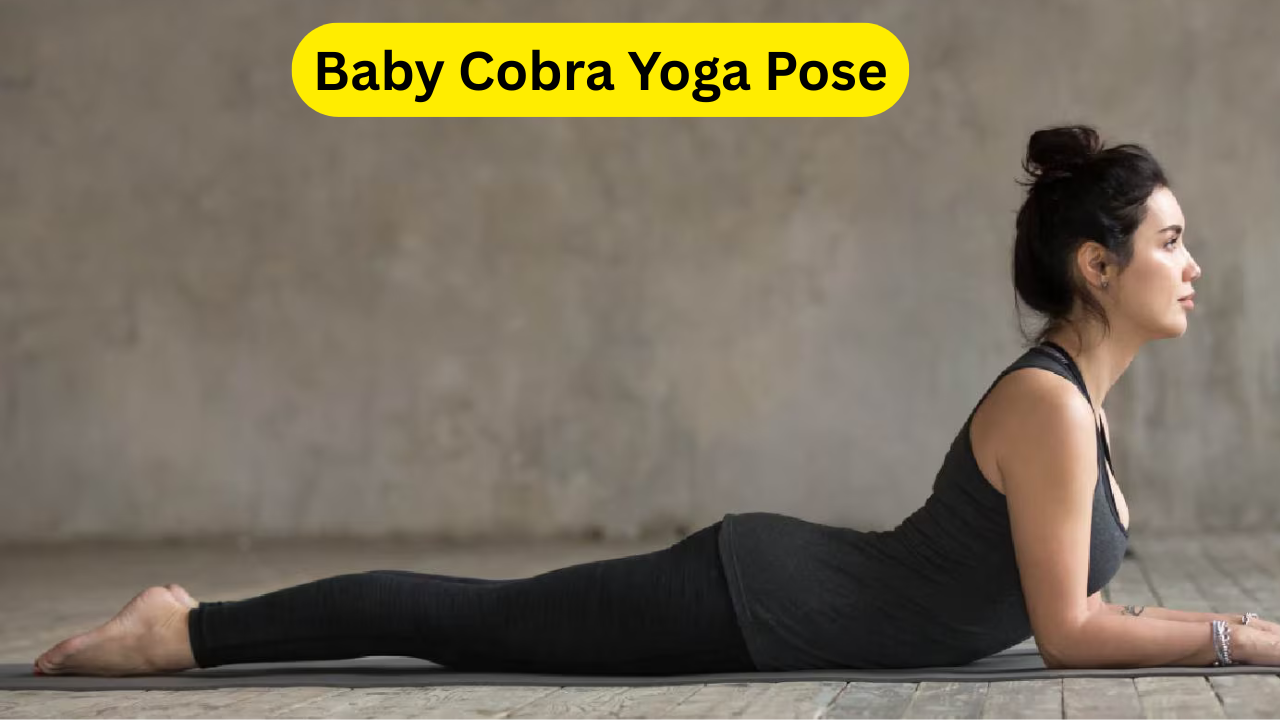Struggling After Childbirth: Motherhood is a transformative journey filled with joy, love, and challenges. While the arrival of a newborn brings immense happiness, it also comes with physical exhaustion, emotional fluctuations, and a demanding new routine. New mothers often find themselves struggling to regain their pre-pregnancy strength, manage stress, and find time for self-care. Postnatal yoga offers a gentle yet powerful solution to these challenges, helping mothers heal, rebuild strength, and reconnect with themselves during this critical phase.
Postnatal yoga is specifically designed to address the unique needs of new mothers. It focuses on restoring core strength, improving flexibility, and promoting emotional well-being. Unlike intense workouts, postnatal yoga is gentle on the body, making it ideal for postpartum recovery. Whether you’ve had a vaginal delivery or a C-section, these yoga practices can be tailored to suit your individual needs, ensuring a safe and effective recovery process.
In this article, we’ll explore the benefits of postnatal yoga, how it aids in postpartum recovery, and the best yoga poses for new moms. We’ve also consulted Ms. Swati Sharma, a Senior Yoga Therapist and former consultant at the Ministry of Ayush, Government of India, to provide expert insights into the role of yoga in restoring balance and strength after childbirth.
Click here: Expert Fitness Tips for Busy People: Make Exercise Goals Achievable
How Does Postnatal Yoga Help?
1. Strengthening Core Muscles and Aiding Recovery
During pregnancy, the abdominal muscles stretch significantly to accommodate the growing baby, often leading to weakened core muscles and lower back pain. Postnatal yoga includes specific asanas that help rebuild core strength, improve posture, and enhance bladder control. According to Ms. Swati Sharma, “Gentle stretches like Bridge Pose (Setu Bandhasana) and Cat-Cow Pose (Marjaryasana-Bitilasana) are excellent for regaining muscle tone and relieving lower back discomfort.” These poses are safe for beginners and can be modified based on individual recovery needs.
2. Enhancing Mental Well-being and Emotional Balance
The postpartum period is often accompanied by hormonal changes, sleep deprivation, and emotional stress. Yoga’s deep breathing exercises and mindfulness practices help calm the nervous system, reducing anxiety and promoting better sleep. Ms. Sharma explains, “Simple asanas like Child’s Pose (Balasana) encourage relaxation and emotional balance, making it easier for new moms to navigate daily challenges.” These practices not only improve mental health but also help mothers feel more centered and present.
3. Strengthening the Mother-Baby Bond
One of the unique aspects of postnatal yoga is that it can be practiced with the baby. Many yoga sessions include mom-and-baby movements that foster emotional bonding through touch, eye contact, and synchronized breathing. Ms. Sharma shares, “These practices not only help mothers feel more connected to their babies but also make breastfeeding and holding the baby more comfortable by reducing back and shoulder strain.”
4. Reconnecting with Oneself
After childbirth, women often prioritize their baby’s needs over their own, leading to neglect of self-care. Yoga provides an opportunity for new moms to reconnect with their bodies, emotions, and personal growth. “Practicing yoga regularly allows mothers to cherish their own well-being while balancing the demands of motherhood,” says Ms. Sharma.
5. Creating a Supportive Community
Motherhood can sometimes feel isolating, but postnatal yoga classes offer a sense of community. Sharing experiences with other mothers provides emotional support and encouragement, which is crucial during this phase. Ms. Sharma emphasizes, “Being part of a supportive group helps mothers feel understood and less alone in their journey.”
6. Personalized and Safe Practice
Every mother’s postpartum recovery is unique. Whether you’ve had a vaginal delivery or a C-section, postnatal yoga can be customized to suit your needs. Ms. Sharma advises, “An experienced yoga trainer will offer modifications to ensure safety and effectiveness, making the practice accessible for all new moms.”
Best Yoga Poses for New Moms

Here are some beginner-friendly postnatal yoga poses recommended by Ms. Swati Sharma:
1. Bridge Pose (Setu Bandhasana)
- How to Do It: Lie on your back with knees bent and feet flat on the floor. Lift your hips while keeping your shoulders and feet grounded. Hold for a few breaths and slowly lower your hips.
- Benefits: Strengthens the core, glutes, and lower back; improves posture.
2. Cat-Cow Pose (Marjaryasana-Bitilasana)
- How to Do It: Start on all fours. Inhale, arch your back (Cow Pose), and lift your head. Exhale, round your spine (Cat Pose), and tuck your chin. Repeat for 5-10 breaths.
- Benefits: Relieves lower back pain, improves spinal flexibility, and enhances core strength.
3. Child’s Pose (Balasana)
- How to Do It: Kneel on the floor, sit back on your heels, and stretch your arms forward while lowering your forehead to the ground. Hold for a few breaths.
- Benefits: Promotes relaxation, reduces stress, and stretches the lower back.
4. Pelvic Tilts
- How to Do It: Lie on your back with knees bent. Gently tilt your pelvis upward, flattening your lower back against the floor. Release and repeat.
- Benefits: Strengthens the pelvic floor and abdominal muscles.
5. Seated Forward Bend (Paschimottanasana)
- How to Do It: Sit with legs extended. Inhale, lengthen your spine, and exhale as you fold forward, reaching for your toes. Hold for a few breaths.
- Benefits: Stretches the hamstrings and lower back; promotes relaxation.
Also read: 4 Open Roof Cars to Buy Under Rs 25 Lakh: A Comprehensive Guide
Struggling After Childbirth Conclusion
Postnatal yoga is a transformative practice that offers new mothers a holistic approach to postpartum recovery. It not only helps in regaining physical strength but also nurtures emotional and mental well-being. By incorporating gentle asanas like Bridge Pose, Cat-Cow Pose, and Child’s Pose, mothers can rebuild core strength, improve flexibility, and alleviate common postpartum discomforts such as lower back pain and pelvic floor weakness. These practices are designed to be safe and effective, ensuring that every mother, regardless of her delivery method, can benefit from them.
Beyond the physical benefits, postnatal yoga plays a crucial role in enhancing mental health. The postpartum period can be overwhelming, with hormonal changes, sleep deprivation, and the demands of caring for a newborn. Yoga’s mindfulness and deep breathing techniques help calm the nervous system, reduce stress, and promote emotional balance. This allows new moms to navigate the challenges of motherhood with greater ease and resilience.
One of the most beautiful aspects of postnatal yoga is its ability to strengthen the bond between mother and baby. Many yoga sessions include mom-and-baby movements that foster connection through touch, eye contact, and synchronized breathing. This not only enhances emotional bonding but also makes breastfeeding and holding the baby more comfortable by reducing strain on the back and shoulders.
Additionally, postnatal yoga provides a supportive community for new mothers. Attending yoga classes introduces moms to others who are going through similar experiences, creating a network of emotional support and encouragement. This sense of belonging can be incredibly empowering, helping mothers feel less isolated during this transformative phase of life.
In conclusion, postnatal yoga is a gentle yet powerful tool for postpartum recovery. It helps mothers heal physically, emotionally, and mentally while fostering a deeper connection with their babies. Whether you’re looking to regain strength, reduce stress, or simply find a moment of peace in your busy day, postnatal yoga offers a safe and effective way to nurture yourself during this beautiful yet challenging journey of motherhood.
Struggling After Childbirth FAQs
1. When can I start postnatal yoga after childbirth?
It’s generally safe to begin postnatal yoga 6-8 weeks after a vaginal delivery and 10-12 weeks after a C-section. However, every woman’s recovery is different, so it’s essential to consult your healthcare provider before starting any exercise routine. If you had complications during delivery or surgery, your doctor may recommend waiting longer. Always listen to your body and start with gentle practices.
2. Can I do postnatal yoga with my baby?
Yes, many postnatal yoga classes are designed to include your baby. These sessions often incorporate mom-and-baby movements that promote bonding through touch, eye contact, and synchronized breathing. Practicing yoga with your baby can also make it easier to find time for self-care while staying connected to your little one.
3. Is postnatal yoga safe for C-section moms?
Absolutely, but it’s important to take extra precautions. C-section recovery requires more time and care, so inform your yoga instructor about your delivery method. They can provide modifications to avoid straining your abdominal muscles and ensure a safe practice. Start with gentle poses and avoid intense stretches until you’ve fully healed.
4. How often should I practice postnatal yoga?
For beginners, 2-3 sessions per week are ideal. Start with shorter sessions (15-20 minutes) and gradually increase the duration and intensity as your body heals. Consistency is key, but always prioritize rest and recovery, especially in the early postpartum period.
5. What are the mental health benefits of postnatal yoga?
Postnatal yoga is incredibly beneficial for mental health. It helps reduce stress, anxiety, and fatigue by incorporating deep breathing exercises and mindfulness practices. These techniques calm the nervous system, promote relaxation, and improve sleep quality. Additionally, the sense of community in yoga classes provides emotional support, helping new moms feel less isolated and more empowered during their motherhood journey.









